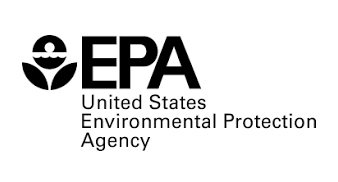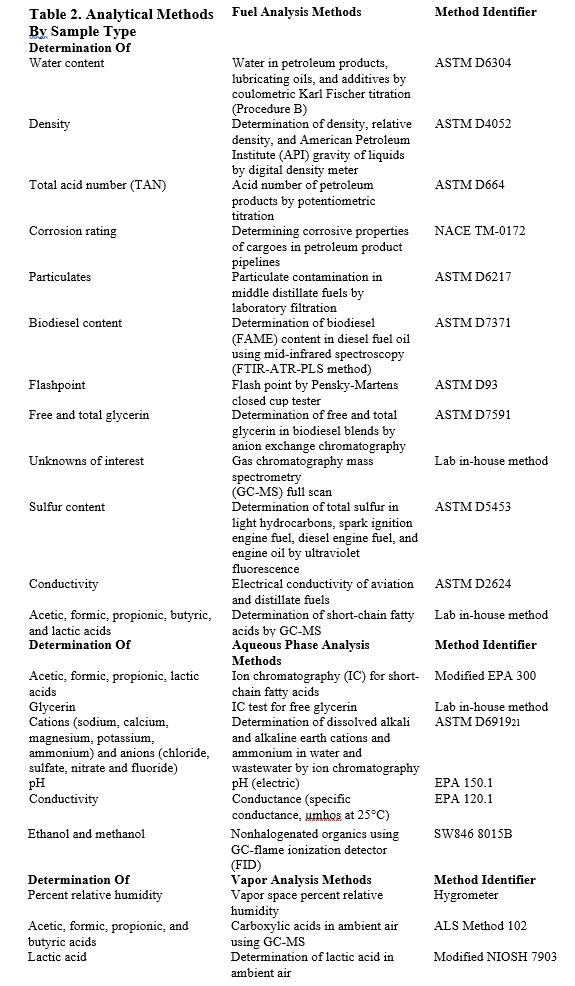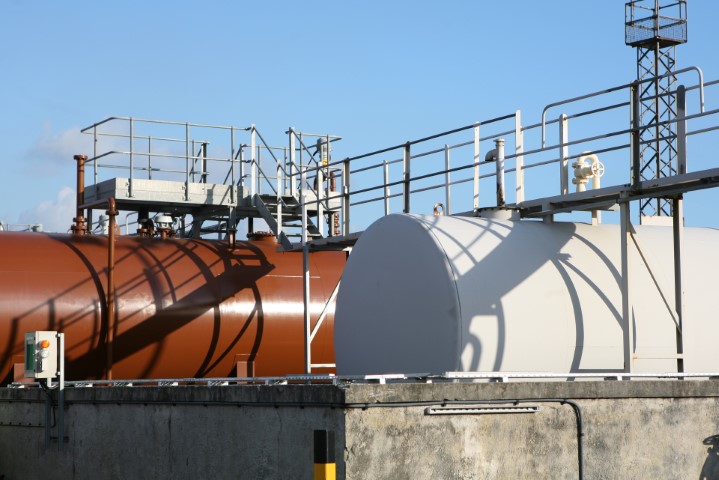Maintaining Diesel Fuel Storage Tanks - New EPA Recommendations
In its report released earlier in 2016, the EPA reminded us that there are over 100,000 diesel fuel storage tanks across the country. That’s a lot of...
2 min read
Erik Bjornstad : Mar 17 2017

The first Bell Performance webinar of 2017 dealt with such an important issue that we thought it was important to share it with our blog readers. Over the course of 4 articles, we will be sharing the content of that webinar here on the blog.
You can read the first part of this series, Corrosion in Diesel Fuel Storage Tanks- The History of Corrosion, here.
Let’s look at the study methodology. Inspections were conducted in late January and early February 2015. Battelle was contracted to execute the work.
42 UST systems at 40 sites were surveyed from across the country. They asked UST owners to volunteer sites that may have known corrosion issues in the past. They had initially sought to have a 50-50 split of previous corrosion vs. no, but ended up with only 25% of UST with a previous history.
A UST can be a combination of multiple tanks. 24 had fiberglass tanks, 18 had metal tanks. Tank sizes were 5,000 – 20,000 gallons, with 12,000 being the most common size. Geographic locations were clustered around the country to minimize inspection expenses.
The UST pool of 42 had 8 total owners. They included a federal agency, local government, commercial fuel retailers and a non-fueling service company that maintained an UST for its fleet. Geography is noted below.
We take note of the characteristics of the sample pool because we want to make sure that it’s representative enough to enable us to make valid and meaningful comparisons with what we know about the rest of the pool of tanks out there. It’s what makes all of this relevant to us and makes us pay attention.
One thing the EPA stressed in its report is that their sample, while larger and more representative than any previous research pool, was still not considered a representative sample of the national tank population. They gave three reasons why there could be expected to be divergence with the national demographic:
Most of the participating owners owned multiple sites, whereas it is most common (>50%) for owners to only have one station/site. This matters because owners of multiple sites tend to be more aware of their issues and may have employees dedicated just to managing the systems.
It wasn’t a random sample, but relied on owner self-reporting of issue history
It did not include Emergency Generator Tanks, of which there are 1000s across the country which store fuel for long periods of time with fuel turnover rate much lower than USTs at other types of locations. So, it’s very likely that conditions and corrosion instances in EGTs may differ significantly from the EPAs overall findings here.
In terms of the actual inspection processes, the EPA built upon some procedures that had been developed by The CRC, the Coordinating Research Council. The CRC provided the basis for the inspection protocol with the EPA added more to it.
They used in-tank video cameras and photographs to examine any levels of corrosion. They also collected samples of vapor, fuel and water bottoms (using a Bacon Bomb), along with compiling a detailed questionnaire about the storage history and maintenance practices for each UST system.
All of the samples were tested via the following methods:

So, we’ve seen the historical events leading up to action being taken. We’ve seen the procedures that the EPA deemed necessary to get him the kind of information they were looking for, even including the kind of analytical testing that had the potential to uncover if any specific contaminants might be integrally involved in causing storage tank corrosion.
Now let’s see what the EPA uncovered in its study. SEVEN (7) key takeaways the EPA wants us to know.
Click here to read the first part of the webinar transcript: Corrosion in Diesel Fuel Storage Tanks- The History of Corrosion
Click here to read the third part of the webinar transcript: Corrosion in Diesel Fuel Storage Tanks- The Results
In its report released earlier in 2016, the EPA reminded us that there are over 100,000 diesel fuel storage tanks across the country. That’s a lot of...
In its report released in 2016, the EPA reminded us that there are over 100,000 diesel fuel storage tanks across the country. That’s a lot of tanks...

1 min read
Back in 2013, we published a blog post describing some anticipated and influential trends that were likely to be seen with stored fuel for the...